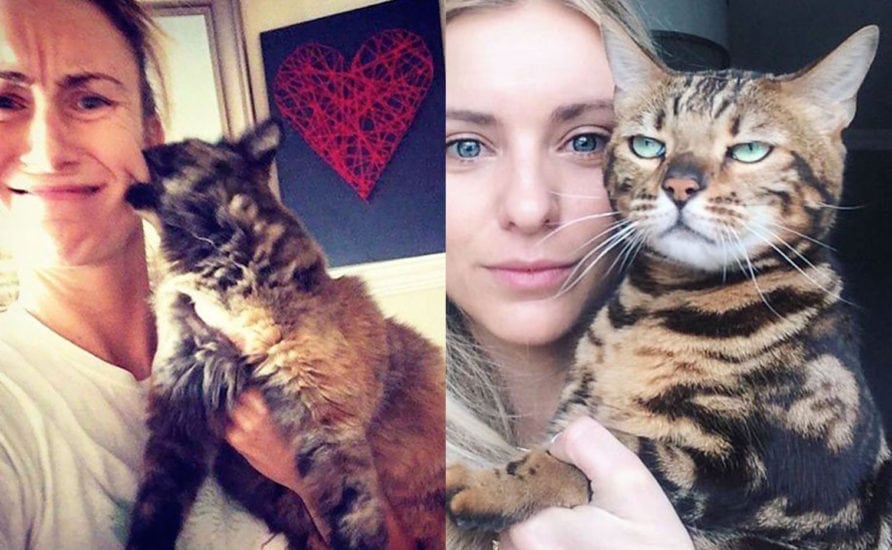
How to Deal With Cat Problems
These are a few tips to deal with common cat problems:
1. Scratching furnitures
Scratching behavior serves three functions: marking territory, keeping the cat's claws in proper condition, and stretching the muscles and ligaments in the toes and feet. Give her a good scratching post and make sure it meets all the three needs of scratching. It should be tall enough for an adult cat to reach up and get a good stretch. It has to be sturdy enough that a 10- to 15-pound cat repeatedly pulling on it near the top won't bring it toppling over on her head.
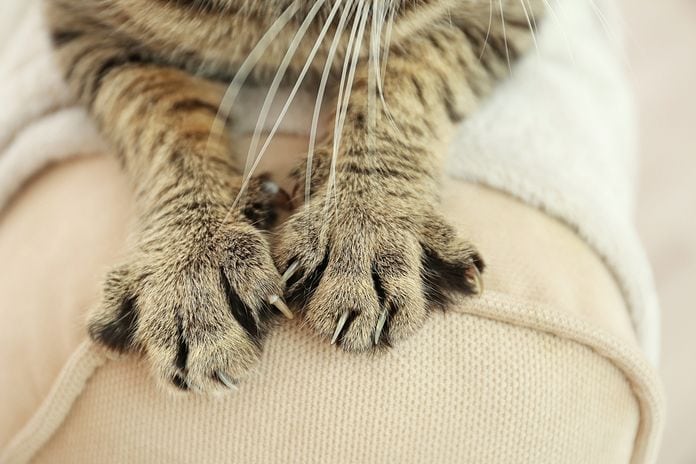
2. Biting
Problem biting is usually either a learned habit or miscommunication, which can be corrected over time. Never allow or encourage a kitten or cat to play with your bare hand or foot. Besides that, give your cat active and interactive play to avoid boredom. If she tries to grab at you during a play session, grab her gently by the scruff of the neck, firmly (but not too loudly) say "No," and immediately substitute a proper cat toy for her to play with.
However, if it launches serious attacks, especially without warning or provocation, get her in for a thorough veterinary exam as soon as possible. The aggression might be a reaction to pain, a hormonal change, or the sign of a problem with her nervous system.
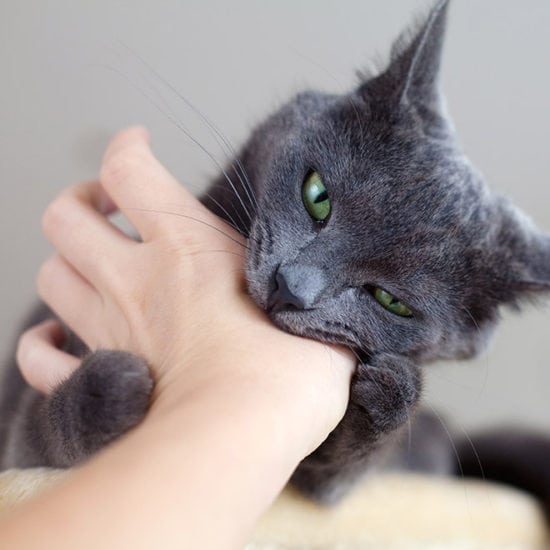
3. Picky with food
If your cat is really a picky eater, you should try this method. At the next meal, put down a food you know the cat has eaten before. Wait 20 minutes, and then pick up the food and do not give any other food, snacks, or treats until the next meal. Repeat the process at that meal and every subsequent meal.

4. Dealing With Cats That Have Litter Box Accidents
Besides the mess and damage, inappropriate elimination is unsanitary and creates an unpleasant (and often malodorous) atmosphere in the home. Litter boxes and litter should be the first things you buy when you decide to get a cat. Get them set up before the cat sets a single paw in your home. Make sure they are clean, easy to find, and numerous enough.
Start the training by confining them in an area with the litter box. Monitor them and whenever they use the litter box, let them out to play. After it becomes a habit, give them a wider area of access.
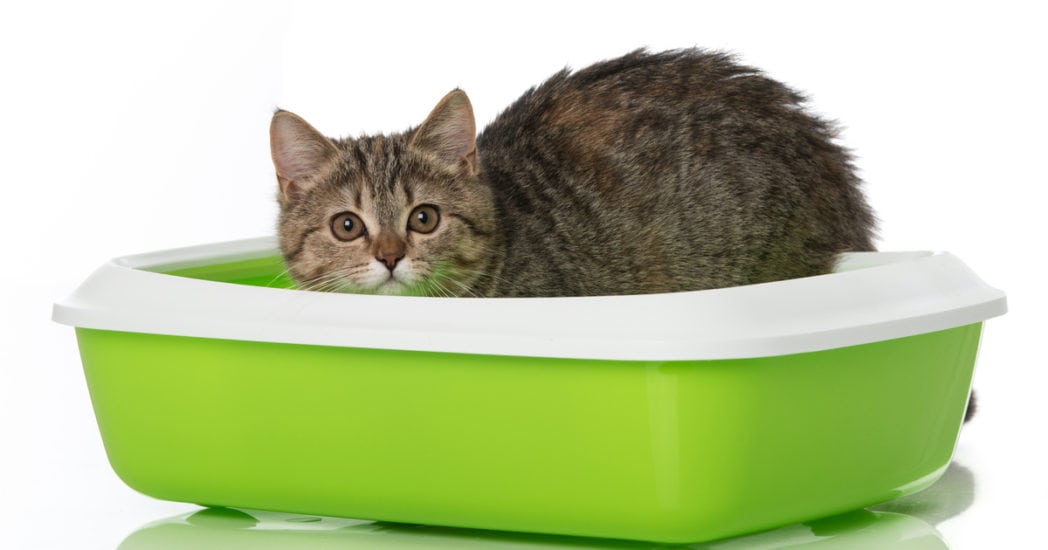
5. Dealing With Cats That Eat Non foods
Pica is occasionally a signal that a cat isn't getting enough to eat or enough of the right nutrients. It can also sometimes be a sign that something is out of balance in the cat's body. Other times, the cat gets into the habit of eating odd things out of boredom. In such cases, more play or a playmate often takes care of the problem. Remember to keep temptations (such as rubber bands, paper clips etc.) out of her way to prevent accidents as these otherwise harmless items can cause potentially deadly blockages in the cat's digestive system.
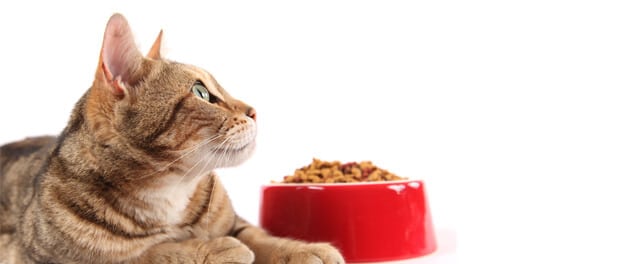
Read More: Expressing Cat Feelings
MORE ARTICLES
© My Awesome Cat
